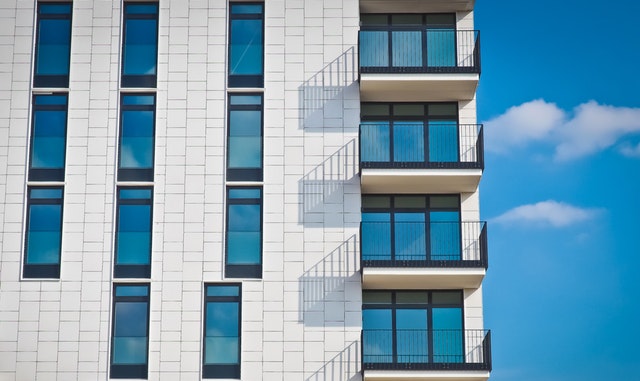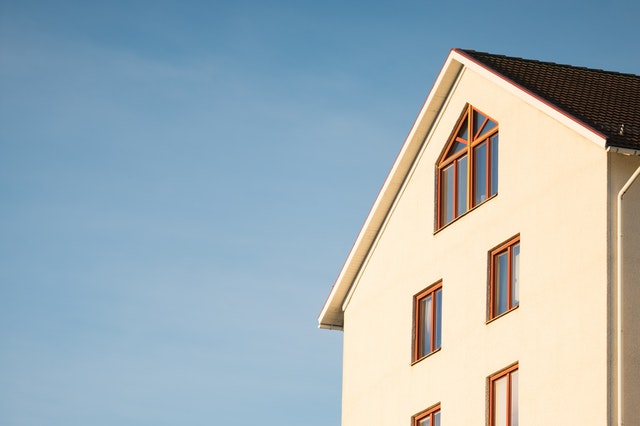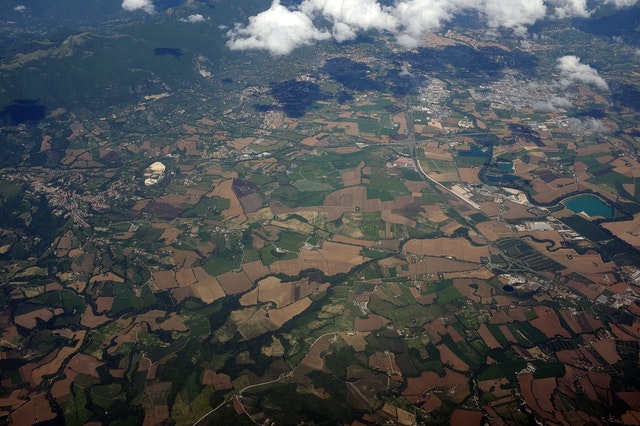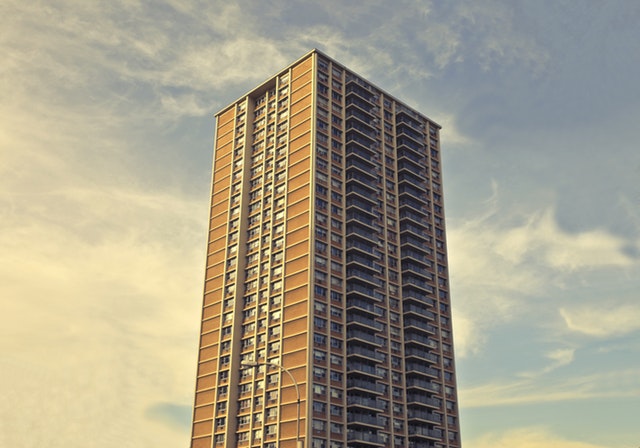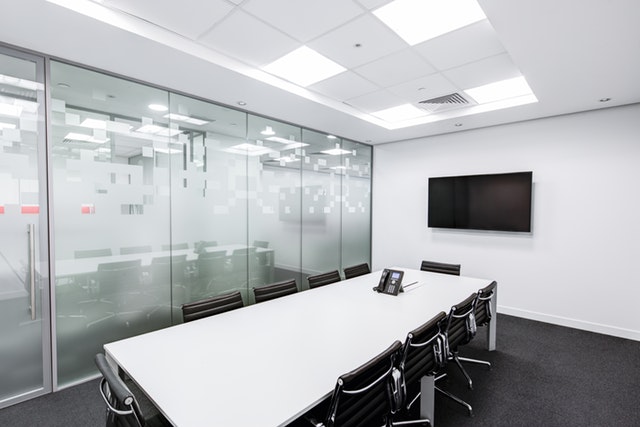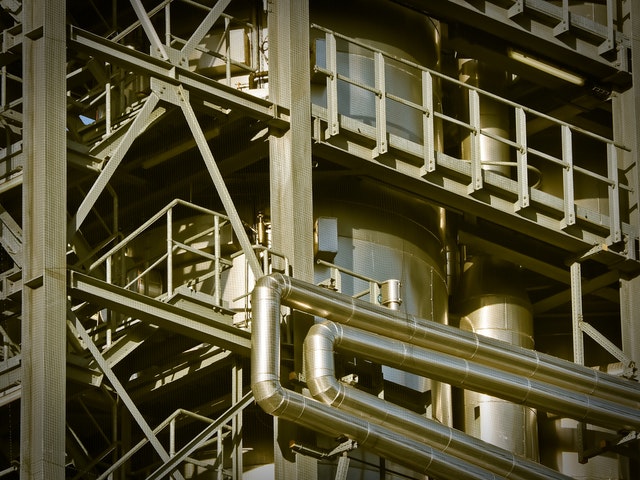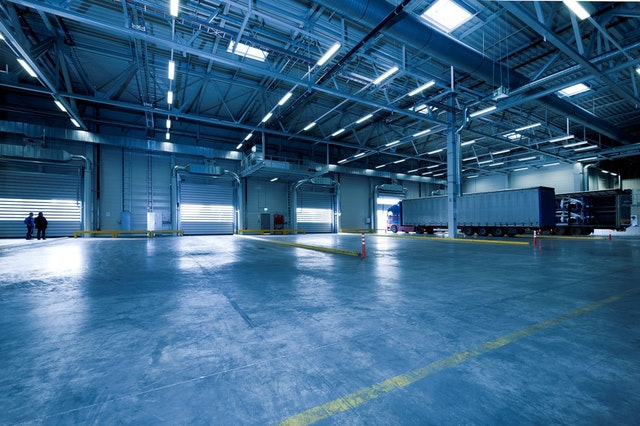Ågenskalns – a neighborhood of the city of Riga in the suburb of Zemgale
History and importance in Riga
Āgenskalns is a part of the city of Riga in Pārdaugava between Kalnciema Street and the Riga-Jūrmala railway. The largest part of Ågenskalns is occupied by the dunes of Ågenskalns, the slope of the Daugava valley along Daugavgrīvas street, Aleksandra Grīna boulevard and Hermaņa street, which separates the dunes from Uzvaras park and Klīversala in the Daugava valley. Ågenskalna is bypassed by the Riga-Jūrmala railway with Torņakalnas and Zasulaukas stations, as well as the Torņakalnas goods station. 17th century The area of Ågenskalns was sparsely populated. Members of the Latvian trade auxiliary trades and wage earners lived there – fishermen, anchormen, salt measurers, wine barrel carriers, porters, boatmen, etc. The name “Ågenskalns” originated in the 17th century. from the name of the manor house of judge Henrich von Hagen (later known as Schwartzmuiža), which at that time owned land from the present Rankis Dam to Kuldīga Street.
The first Ågenskalns market was located in the courtyard of the Sēta pub – at the beginning of Nometņu Street. The name of Tirgus street has preserved the memory until today. 19th century at the beginning, a small market square near the transfer station had become the center of the district, near which St. was built at the end of the century. Trinity Church. 19th century at the end, the current center of the district was also created around Ågenskalns market, but in the 20th century in the beginning it began to take shape as the new public center. The current market building was built between 1911 and 1924, architect R. Šmēlings.
Territory and construction
Included in the construction protection area
various and diverse buildings, mainly residential buildings and territories – historical
manor houses, until the 20th century. wooden and brick low-rise buildings, villas, brick high-rise and low-rise buildings built in the 1940s, the first terraced house complex built in Riga on Liepājas Street, as well as
The first typical multi-storey multi-apartment house complex in Riga – a residential complex
“Ågenskalns pines”. Also, several historical ones are also included in the construction protection area
factory territories, ensemble of the Paula Stradiņš Clinical Hospital, Āgenskalns market with it
adjacent buildings, Māras pond, Mārtiņa’s grave.
There is a large proportion of historical wooden buildings in the Ågenskalns building protection area – 11%
of all the wooden buildings in Riga, built before 1940, is located in Ågenskalna, which is only
by 1% less compared to the wood built before 1940 in RVC and its AZ territory
amount of buildings. Most of the historic wooden buildings, which are mostly residential houses, are
in poor technical condition.
Infrastructure
Transportation:
- Trolleybuses – 12,5,25
- Cars-4,21,39
- Minibuses – 363,371
Education:
- Riga Āgenskalns preschool
- Laumiņas Residence – Private kindergarten in Ågenskalna
- Ågenskalns State Gymnasium
- Riga Fričas Brīvzemniekas primary school
- Riga State German Gymnasium
Shops:
- Maxim x
- T/C “Arcade”

